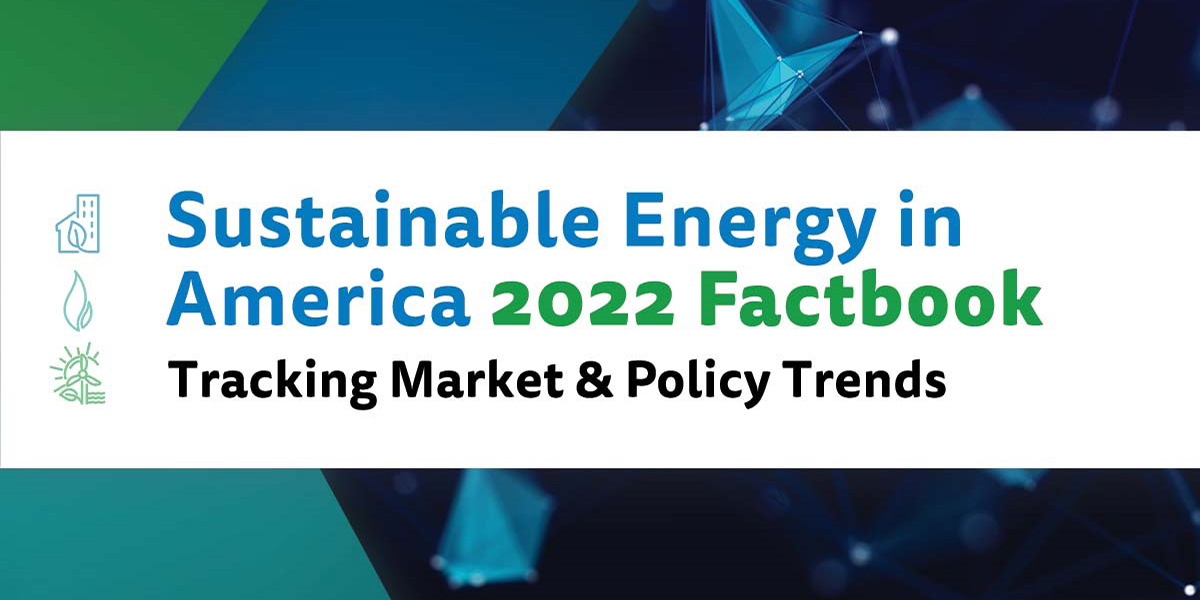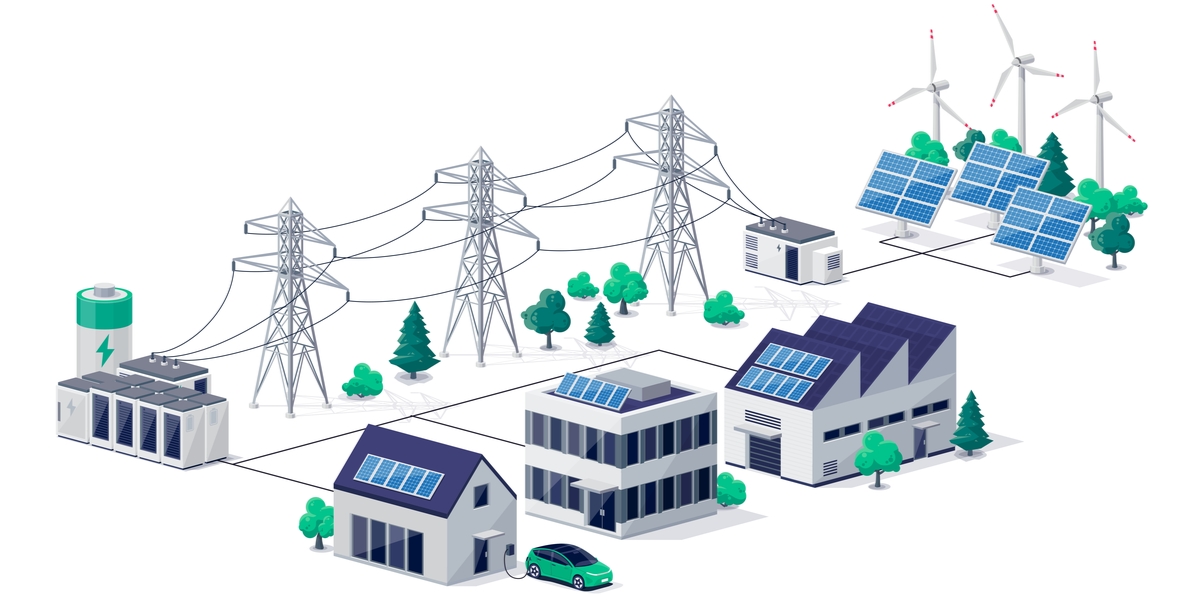All You Need to Know About Energy Efficiency in the Bipartisan Deal
Let's Save Energy
Alliance to Save Energy's Blog
All You Need to Know About Energy Efficiency in the Bipartisan Deal

“You can’t always get what you want. But if you try sometimes, you just might find, you get what you need.” The Rolling Stones
In January, the Alliance examined how the Biden administration could use the bipartisan Energy Act of 2020 as a springboard to advance an ambitious legislative agenda on climate and energy. We urged lawmakers to “bridge the Washington divide…to unlock the economic and environmental benefits of energy efficiency.” Last week, the Senate took a huge step by passing its bipartisan infrastructure bill, the Infrastructure Investment and Jobs Act (H.R. 3684).
The Alliance has proudly delivered on bipartisan policies for 44 years, so we cheer this return to consensus-building. Negotiation does not capture the imagination, but it’s “the grind,” where the real work happens. While much work remains ahead – not only does the package still need to clear the House, but additional energy provisions are expected in a budget reconciliation bill from Democrats – here are some of the major takeaways from the Infrastructure Investment and Jobs Act for energy efficiency.
EFFICIENCY IN THE BIPARTISAN PACKAGE
Senators Joe Manchin (D-W.Va.) and Lisa Murkowksi (R-Alaska) worked together to include the Alliance-supported INSULATE Buildings Act in the Senate-passed package. This provision dedicates $250 million to establish state revolving loan funds to finance energy audits in commercial and residential buildings, and another $40 million to train auditors to identify energy and water conservation measures that would save energy costs and avoid significant emissions.
Alliance Honorary Chair and Vice Chair, Senators Jeanne Shaheen (D-N.H.) and Rob Portman (R-Ohio) respectively, built on that progress by including several priorities related to workforce development, industrial efficiency, and building energy codes that were developed as part of their flagship bipartisan energy efficiency legislation, the Energy Savings and Industrial Competitiveness Act.
For example, the package would provide $225 million to states to train codes officials and homebuilders to meet more stringent building requirements – helping states to adopt and implement model building energy codes, a longtime Alliance priority. Other provisions would provide $20 million in grants toward post-secondary institutions to train building technicians and engineers, and for career skills training for certified efficiency installers.
Perennially among the Alliance’s top initiatives, the Weatherization Assistance Program received the lion’s share of efficiency-related funding with $3.5 billion, which will help the Biden administration get about 25% of the way toward its goal of weatherizing 2 million homes. The energy efficiency and conservation block grant (EECBG) program previously funded through the Obama-era Recovery Act was funded at $550 million for community-level projects. Federal buildings, now required to implement energy conservation measures identified as cost-effective in energy audits (thanks, Energy Act of 2020!), would get a boost with $250 million in AFFECT grants to help performance-based contracts include resilience and cybersecurity measures that may not otherwise pencil out.
Taking a bipartisan infrastructure package from proposal to Senate-passed package wasn’t rocket surgery or brain science, as a friend of mine humorously likes to say… it was brass tacks. It was hard work. It probably was not fun. But it’s a win, and we urge passage by the House.
Sure, there is still miles more of potential for energy efficiency policy this Congress; for example, we want small businesses to have better access to energy efficiency, and passing the Main Street Efficiency Act of 2021 is a great way to do that. We also recognize the need for rebates for low-to-moderate income homeowners to implement energy efficiency, which is why the HOPE for HOMES Act is important to pass into law as well.
The Alliance will continue to push for these programs and more to be included in a budget-based effort. But, for now, a “cheers” is in order. Thanks to the staff and the Senators that worked to make progress in energy efficiency possible. We look forward to working with you to get it across the line.
STAY EMPOWERED
Help the Alliance advocate for policies to use energy more efficiently – supporting job creation, reduced emissions, and lower costs. Contact your member of Congress.
Energy efficiency is smart, nonpartisan, and practical. So are we. Our strength comes from an unparalleled group of Alliance Associates working collaboratively under the Alliance umbrella to pave the way for energy efficiency gains.
The power of efficiency is in your hands. Supporting the Alliance means supporting a vision for using energy more productively to achieve economic growth, a cleaner environment, and greater energy security, affordability, and reliability.



